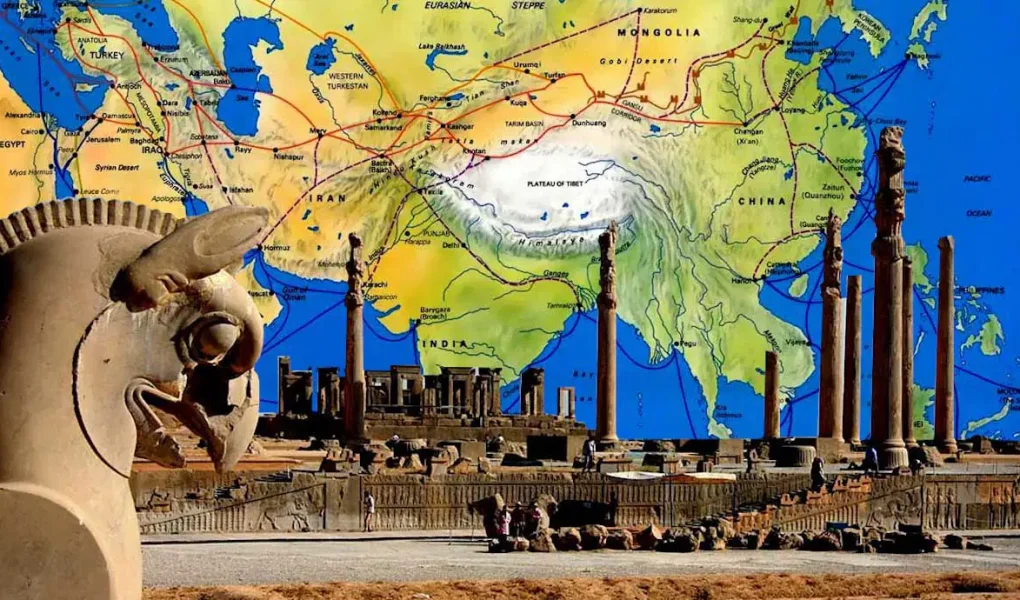lareddepathways.com – The Silk Road, an ancient network of trade routes that connected the East and West, is renowned for its role in the exchange of goods, ideas, and cultures. Among the myriad of commodities that traversed these routes, gold stands out as a symbol of wealth and power that transcended cultural and geographical boundaries. This article explores the journey of gold along the Silk Road, tracing its path from the mines of Central Asia to the markets of Europe and beyond.
The Origins of Gold in the Silk Road
Gold has been valued for its beauty and rarity since ancient times. The earliest evidence of gold mining dates back to around 6000 BCE in modern-day Bulgaria. However, it was the vast deposits in Central Asia, particularly in the regions that are now part of Uzbekistan, that became a significant source of gold for the Silk Road trade. The ancient city of Samarkand, for instance, was not only a major hub for trade but also a center for goldsmithing, where artisans crafted intricate jewelry and artifacts that were highly prized across the known world.
The Role of Gold in Silk Road Trade
Gold played a crucial role in the economic and political dynamics of the Silk Road. It was not only a valuable commodity in itself but also served as a medium of exchange. Merchants would often carry gold coins or bullion to facilitate trade, as gold was universally accepted and easily transportable. The spread of gold along the Silk Road helped to standardize trade practices and foster economic growth in the regions it connected.
The Spread of Goldsmithing Techniques
As gold traveled along the Silk Road, so did the techniques of goldsmithing. Artisans from different cultures exchanged knowledge and skills, leading to the development of new styles and methods. The fusion of these diverse influences gave rise to unique forms of gold jewelry and decorative items that reflected the cosmopolitan nature of the Silk Road. From the delicate filigree work of the Byzantine Empire to the intricate enameling of the Sassanian Persians, the art of goldsmithing reached new heights of sophistication.
Gold and the Silk Road’s Impact on Civilizations
The spread of gold along the Silk Road had a profound impact on the civilizations it touched. In China, for example, the introduction of gold coinage influenced the development of the monetary system. In Europe, the influx of gold from the East helped to finance the Crusades and fueled the Renaissance. The wealth generated by the gold trade also supported the rise of powerful empires and dynasties, such as the Mongol Empire and the Timurid Empire, which further expanded the reach of the Silk Road.
Conclusion
The Silk Road was more than just a series of trade routes; it was a golden pathway that connected the world in ways previously unimaginable. Gold, with its enduring allure, played a pivotal role in this interconnected web, facilitating trade, cultural exchange, and economic development. As we reflect on the legacy of the Silk Road, we are reminded of the enduring power of gold to unite diverse peoples and cultures across the ages.

